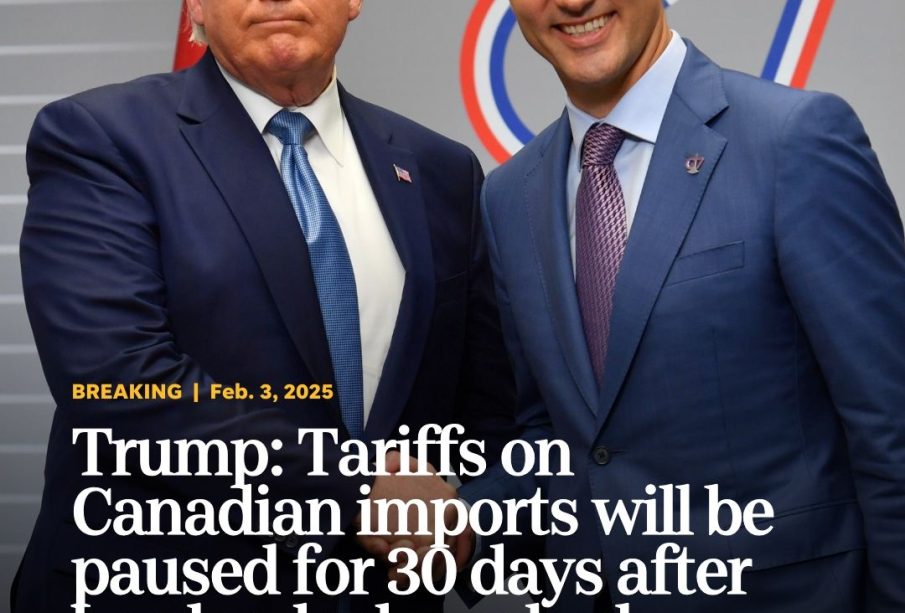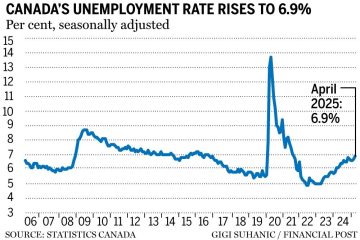Understanding Canada Tariffs: Current Trends and Implications

Introduction
Tariffs have long been a significant factor in international trade, influencing economic policies and bilateral relations. In Canada, tariffs play a crucial role in shaping the country’s trade landscape, especially amid recent global economic shifts. Understanding how tariffs are applied and their implications is vital for businesses, policymakers, and consumers.
Current Developments in Canada Tariffs
Recently, the Canadian government has revisited its tariff frameworks regarding several key industries, including steel, aluminum, and agricultural products. A notable shift occurred when Canada reduced tariffs on specific consumer goods to combat inflation and facilitate lower prices for citizens. This decision aligns with a broader trend, as countries globally reassess their tariff strategies in response to post-pandemic economic recovery.
Additionally, ongoing negotiations regarding the United States-Mexico-Canada Agreement (USMCA) have further influenced tariff structures, with certain exemptions and keep a watch for upcoming reviews that could lead to adjustments. Ontario’s recent push to promote local manufacturing has also raised discussions on implementing protective tariffs to boost domestic industries.
Impact on Consumers and Businesses
The implications of these tariff changes are far-reaching. For consumers, lowered tariffs on imported goods can lead to reduced prices at the retail level. However, the flip side is that these changes may adversely affect local businesses that struggle to compete with cheaper imports. The agricultural sector is particularly affected, as tariffs directly influence production costs and market prices, impacting both farmers and consumers alike.
Moreover, businesses must remain vigilant, as fluctuations in tariff rates can affect supply chains and profitability. The Canadian government’s commitment to a transparent tariff environment is essential, allowing companies to adjust their strategies accordingly. Furthermore, the potential for retaliatory tariffs from trading partners could lead to a complex trade landscape, requiring ongoing diplomatic engagements.
Conclusion
As Canada navigates the complexities of trade in an ever-evolving global market, understanding the dynamics of tariffs is critical. With ongoing adjustments to tariff regulations, stakeholders from various sectors must adapt to new realities. Forecasts indicate that Canada will likely continue to seek a balance between protective measures for local industries and the need for competitive pricing for consumers. As the situation develops, staying informed will be essential for businesses and consumers alike.









